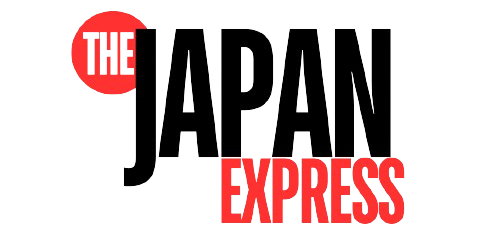Major banks are increasingly moving away from seniority-based pay structures. This shift is driven by growing competition for talent across industries, spurred by digitalization and other factors that have diversified work roles. Banks are transitioning to compensation models that prioritize the role and responsibilities of employees rather than their years of service. Additionally, there has been a significant rise in mid-career recruitment. The conventional career path of a bank employee—joining a bank, aiming for a branch manager position, and being seconded or transferred to an external company around the age of 50—is becoming a thing of the past.
Mizuho Financial Group (FG) revamped its personnel system in July, consolidating pay into a “role-based” structure that assigns compensation based on the grade of each position. This change allows for promotions and salary increases independent of age or seniority and eliminates treatment disparities within the group, including banking and securities sectors. Employees are encouraged to pursue their desired career paths, with President Masahiro Kihara stating that this will increase their sense of fulfillment and motivation to take on challenges.
Similarly, Sumitomo Mitsui Banking Corporation is considering a new system to be implemented by 2026, which will abolish the seniority-based hierarchy in pay. The current practice of uniformly cutting salaries for employees over 51, except those in key managerial roles, is also being reconsidered. Under the new system, salaries will vary based on the role, with the potential for employees in their 20s to earn over 20 million yen annually if they perform well.
The shift towards emphasizing “roles” comes as tasks requiring specialized expertise, such as digitalization and risk management, are on the rise. This diversification of responsibilities cannot be managed by the traditional uniform personnel system, and competition with other industries for specialized talent is intensifying.
Mitsubishi UFJ Bank, which abandoned the seniority-based pay system five years ago in favor of one focused on job responsibilities, introduced a new system this year that allows employees to remain in their chosen field without being transferred. This system considers each employee’s market value, aiming to develop specialized human resources.
Banks are also increasingly focused on securing talent that can make immediate contributions. Last year, Mitsubishi UFJ hired 338 mid-career employees, 2.4 times more than the previous year, with plans to increase this number to 600 this year, surpassing the 400 new graduate hires. Sumitomo Mitsui doubled its mid-career hires to 207 last year, and Mizuho FG, bank, and trust hired 555 people, exceeding the 437 new graduates. Mizuho expects to hire over 400 mid-career professionals this year.




